The steps of how to plant grass seed on hard dirt are one of the easy and most satisfying tasks in home improvement. You will definitely be able to tackle it.
Before, you will need a little time to learn and get used to it. After that, you can have beautiful green grass on your own.
Well, this article would provide you with all the things you need to begin and finish the project of planting grass seed on hard dirt. Without further ado, follow these 6 simple steps to start the planting.
Step 1: Get Rid of the Old Sod
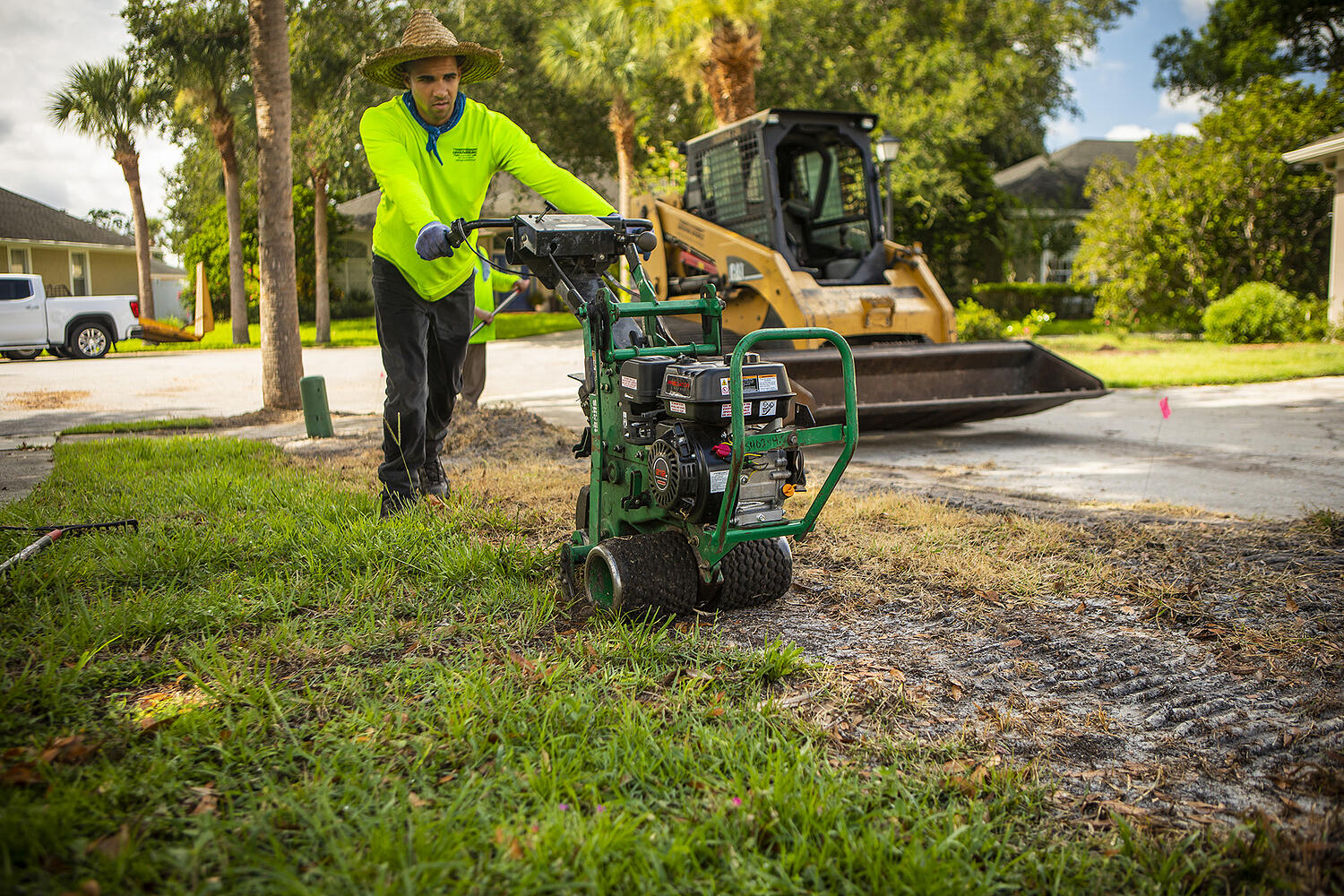
Get a fresh new lawn by cleaning the entire old sod and weeds. Thus, it is a very important first step to begin the grass-seeding steps.
For a small area of the garden, using only hand tools is enough for the job. Then, get the shovels and rakes you have and start digging out the weeds and old sod.
Furthermore, apply a nonselective broad-spectrum herbicide to get rid of the plantation. It is a simpler way to get rid of all the things on the lawn.
You have to be careful in using this herbicide because it would kill any plants that are in contact with the product.
Also, be careful in using the spray. Do not overspray, just focus on the specific area.
Any method above would work, but do not overdo it. The expected result is the loose soil and precious good topsoil.
Once you have done removing all the weeds and old sod and loosening the soil, you need to check a few things.
Grass seeds’ roots can grow easily on the lawn. There is no need a special treatment for the seeding. For a small seed area, use a ford to dig it.
Additionally, if you deal with the large ones, a core aerator will work well. Rent one if you do not have the devices.
Then, you have to check for any grading issues. Apply a half mixture of topsoil and sand to fill the low spots.
You have to make it even in order to prevent accidental scalping in the future. Some hills do not need this technique, especially in the Pacific Northwest area because of rainy weather.
The Best Time to Seed
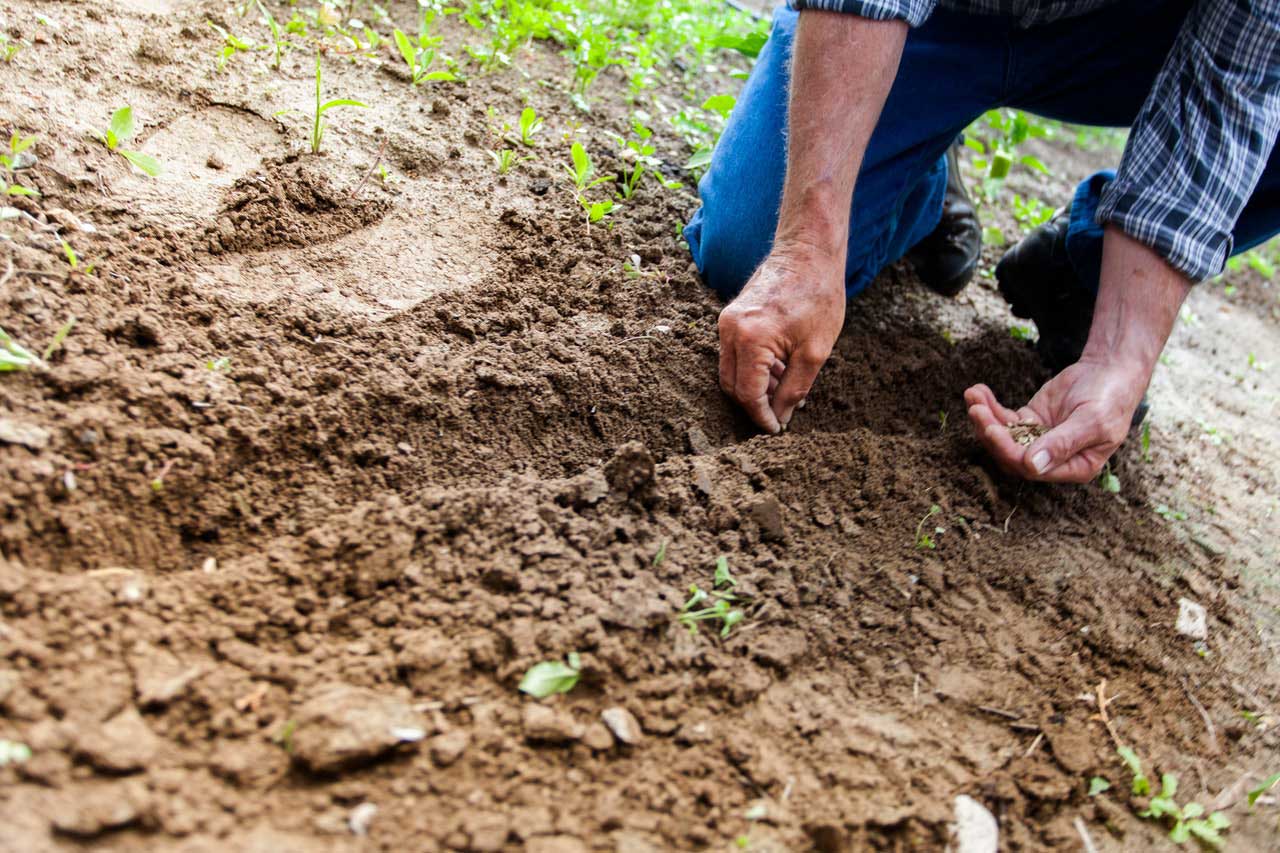
It is really important to get the right timing to plant grass seed. If you plan to have the cool-season grass seeds, you may want to seed during the spring and fall season.
That is because those kinds of seeds need cool air and warm soil.
For growing the warm-season grasses, you can plant the seed from late spring to the middle of summer seasons.
Step 2: Test and Amend the Soil
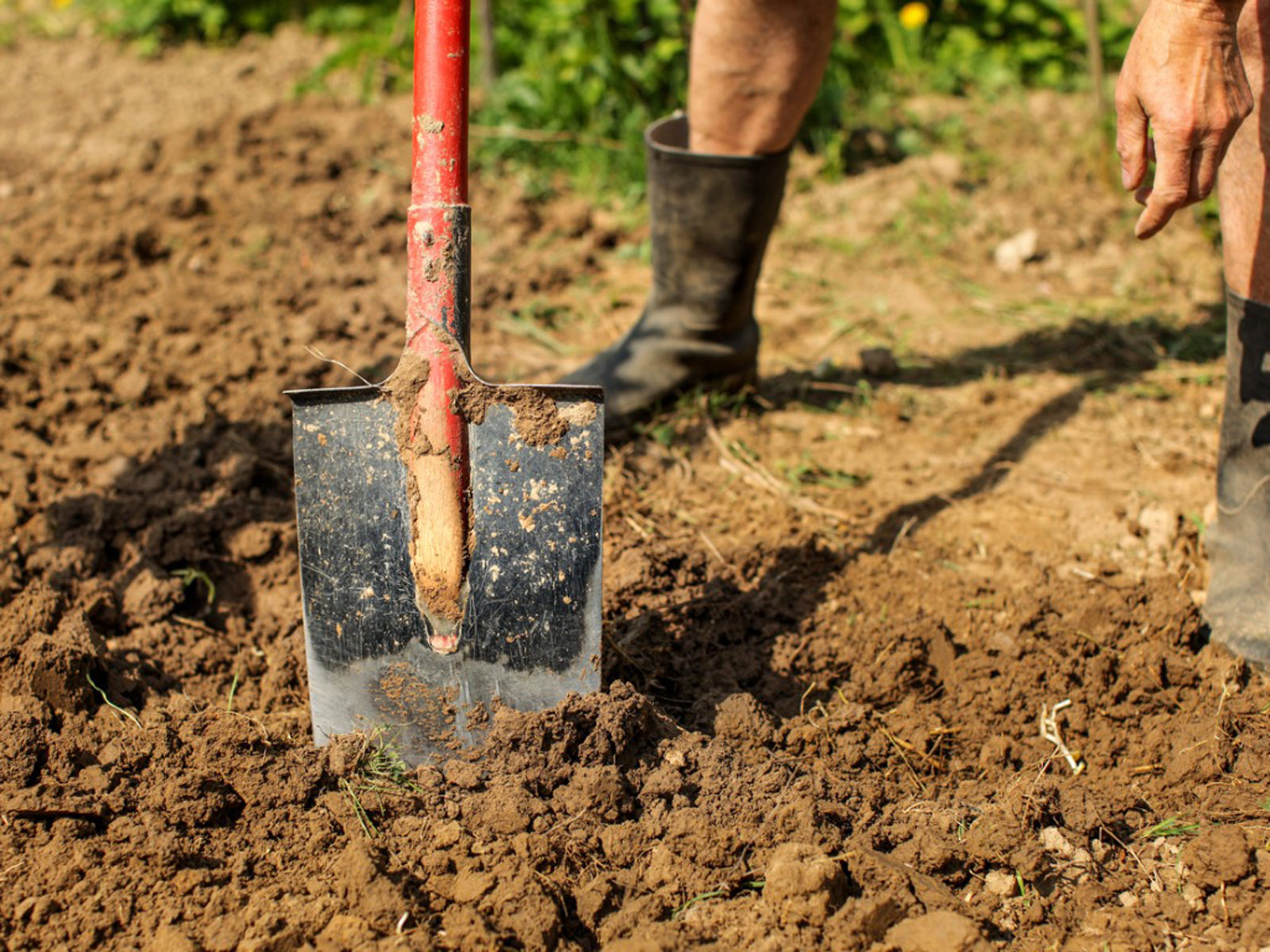
The second step of how to plant grass seed on hard dirt or softer dirt is to test and amend the soil. After having the surface exposed and evened out, it does not mean the land is ready to lay the seed.
Further, to increase the chance of success, you have to know the quality of soil through testing. It is divided into three categories.
Good Quality Soil
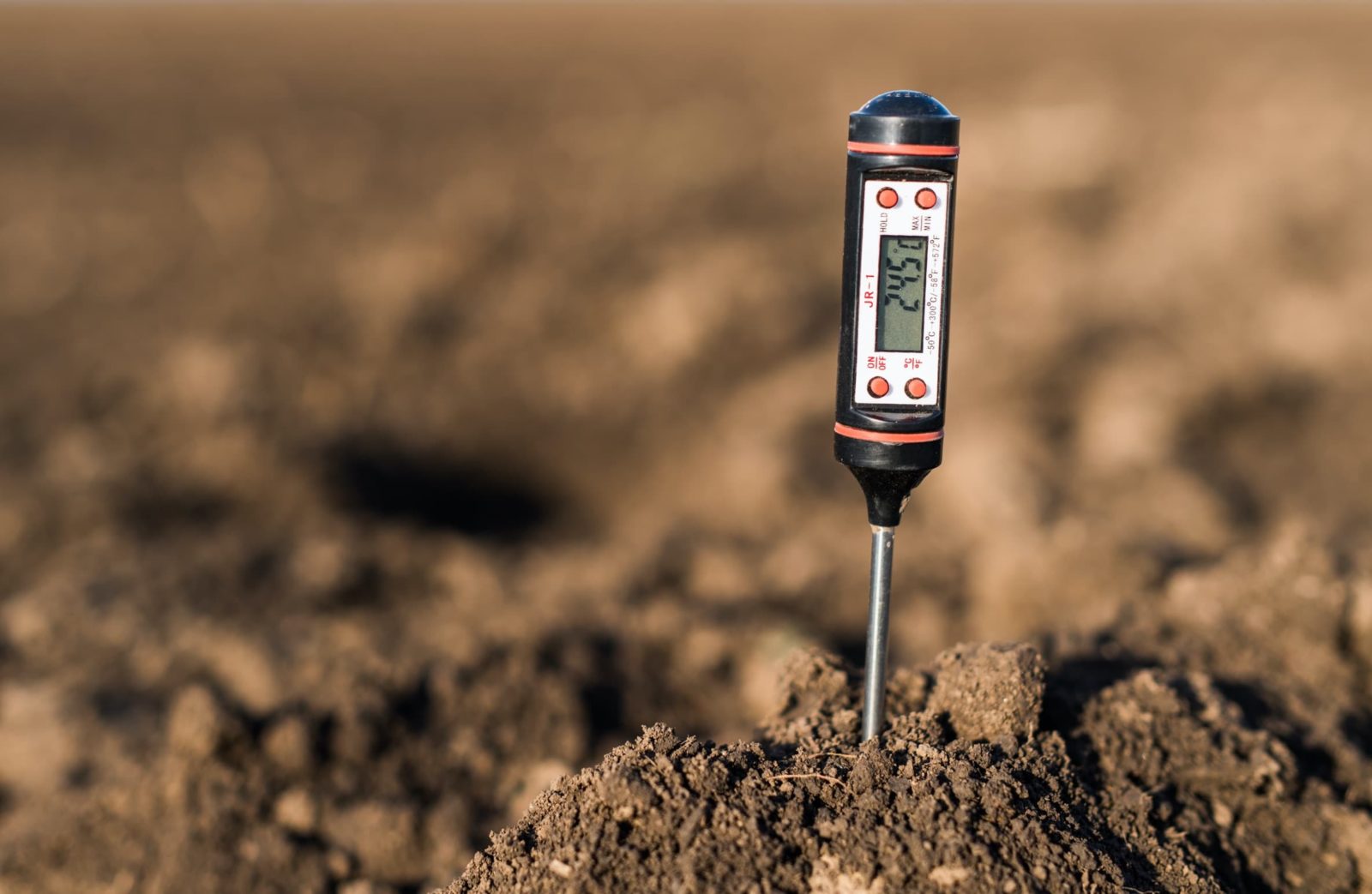
In order to know whether your soil is good enough or not, you have to at least do a test for pH. Hence, it would tell you the acidity or alkalinity contained in the soil.
For growing the grasses, the good pH is about 6.2 to 7. It is slightly acidic soil. You can get the pH tester toll for $10 in the stores.
Better Quality Soil
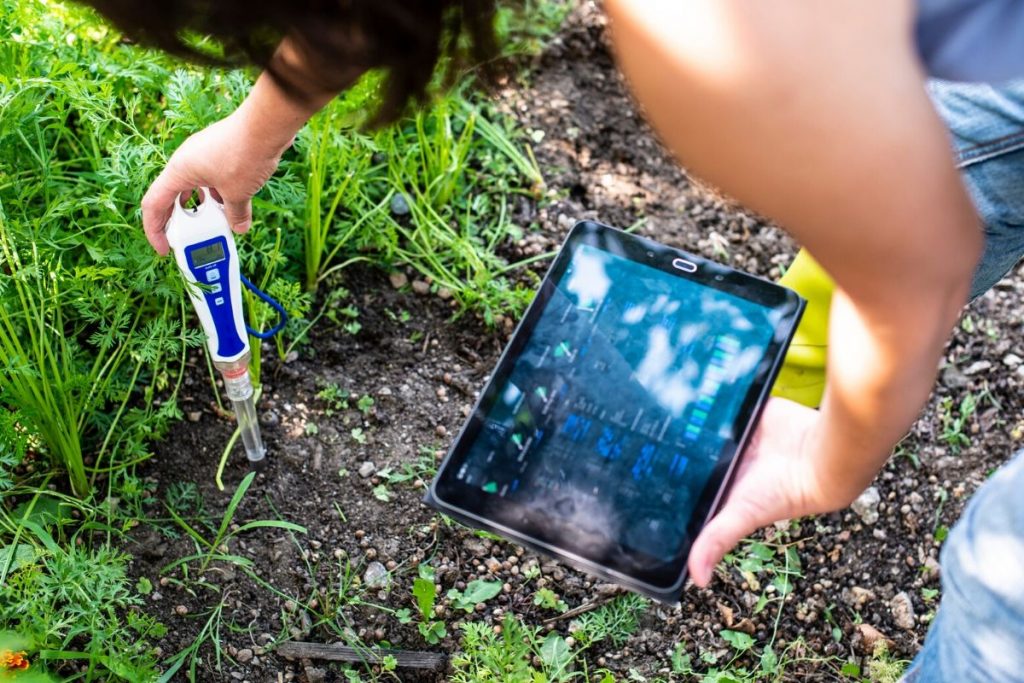
For better quality testing, you need to test for the major nutrients in the soil on the lawn. It would cost you about $20 for the kit.
Besides, it can test the pH of the soil. More importantly, you will know any major nutrients contained in the soil.
Best Quality Soil
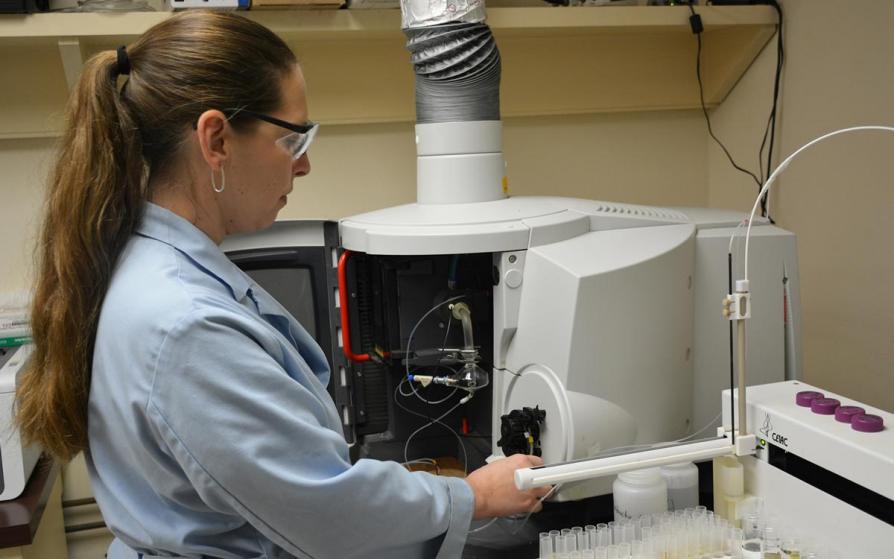
If you want to have more accurate testing, you should test both major and minor nutrients in your soil. Thus, this test will give you more detailed information about anything that soil has.
You should purchase a fancier kit to do that. Instead, just take a sample of the soil to a testing lab.
Well, it is very important to do the testing for the soil. Choose any category you prefer according to your budget.
Do it as soon as you can to identify the next step. Thereupon, knowing what your soil needs will once again increase the chance of success in planting the grass seed.
Step 3: Select the Grass Seed Products
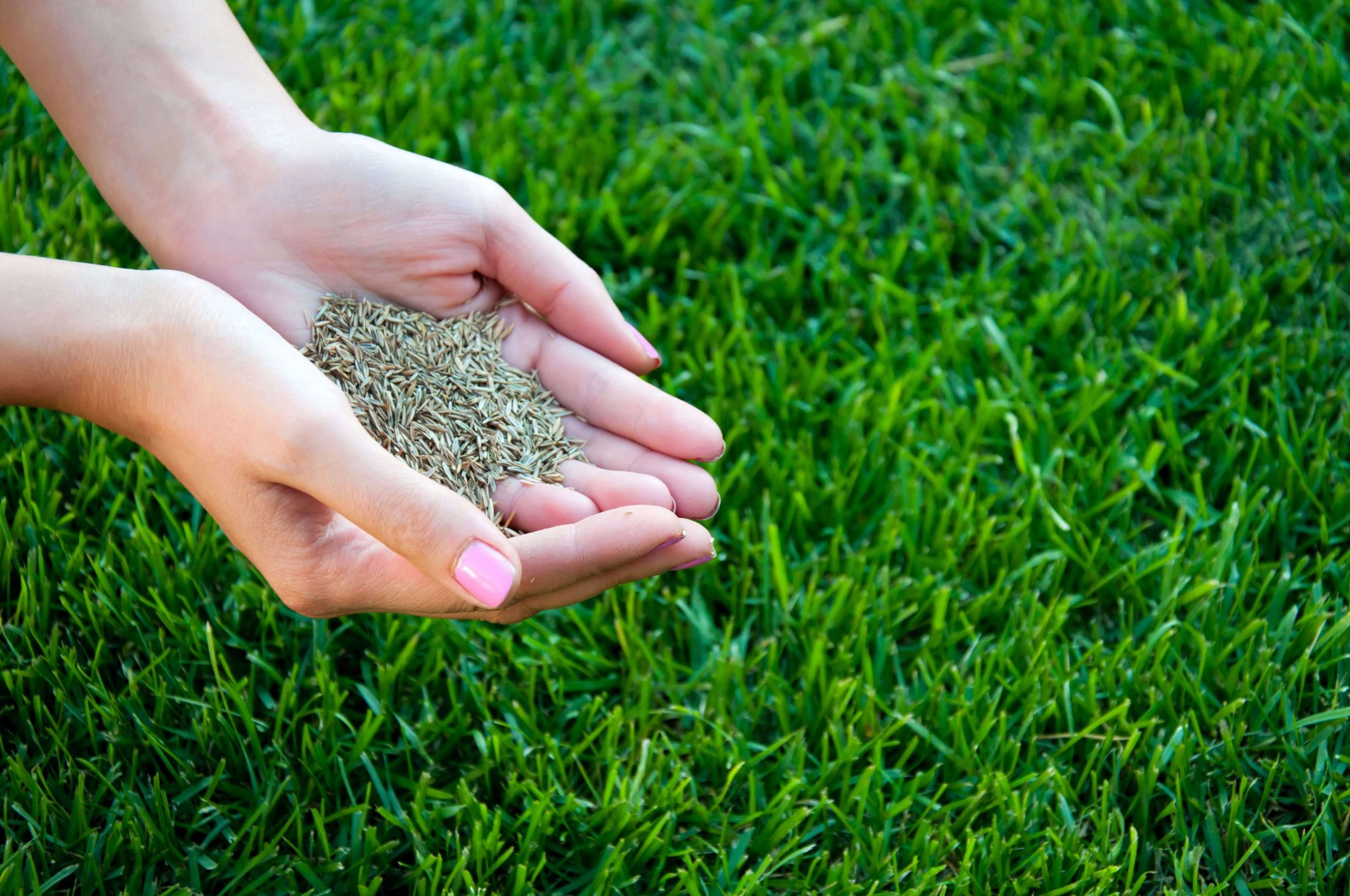
This step is crucial in this guide of how to plant grass seed on hard dirt. The seeds are the main elements of this article. You have to choose the right product that is suitable for your area.
Best Grass Seeds for the Northern States
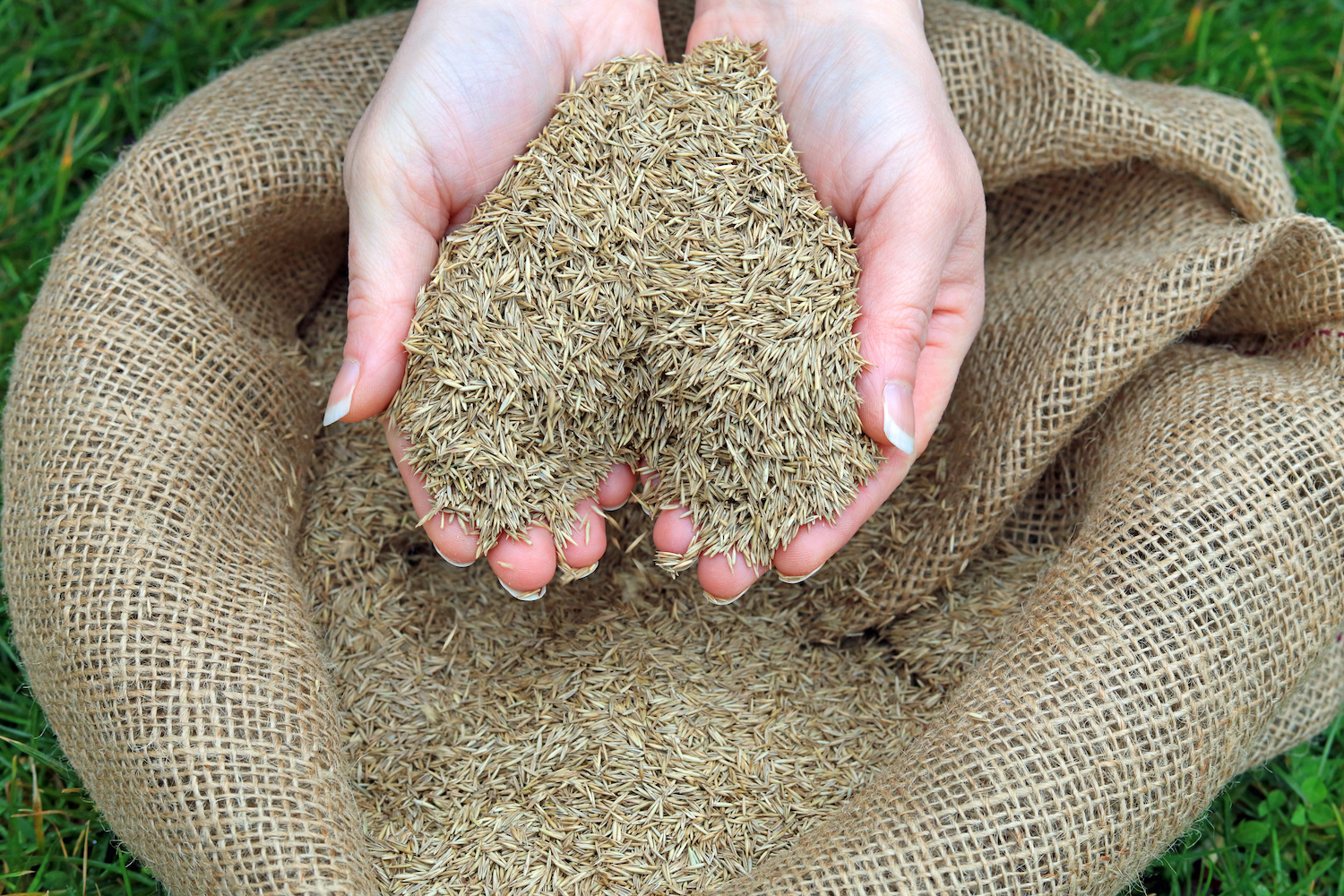
The cool-season grass is perfect for a Northern State. Thus, it will thrive in the late spring and early fall season. The seeds grow best in around 60-75 degrees Fahrenheit.
These are the famous products you could have:
- Bentgrass Seed. The standard seed for golf course putting greens.
- Fine Fescue Seed. A perennial bunchgrass would handle the poorly drained areas.
- Kentucky Bluegrass Seed. A classic selection for lawns in the Northern area.
- Creeping Fescue. A slow-germinating seed that requires low maintenance and tolerates shade.
- Tall Fescue Mix Seed. Drought-tolerant tall fescue.
- Ryegrass seed. An annual or perennial seed will give you a quick shot of green.
Best Grass Seeds for the Southern States
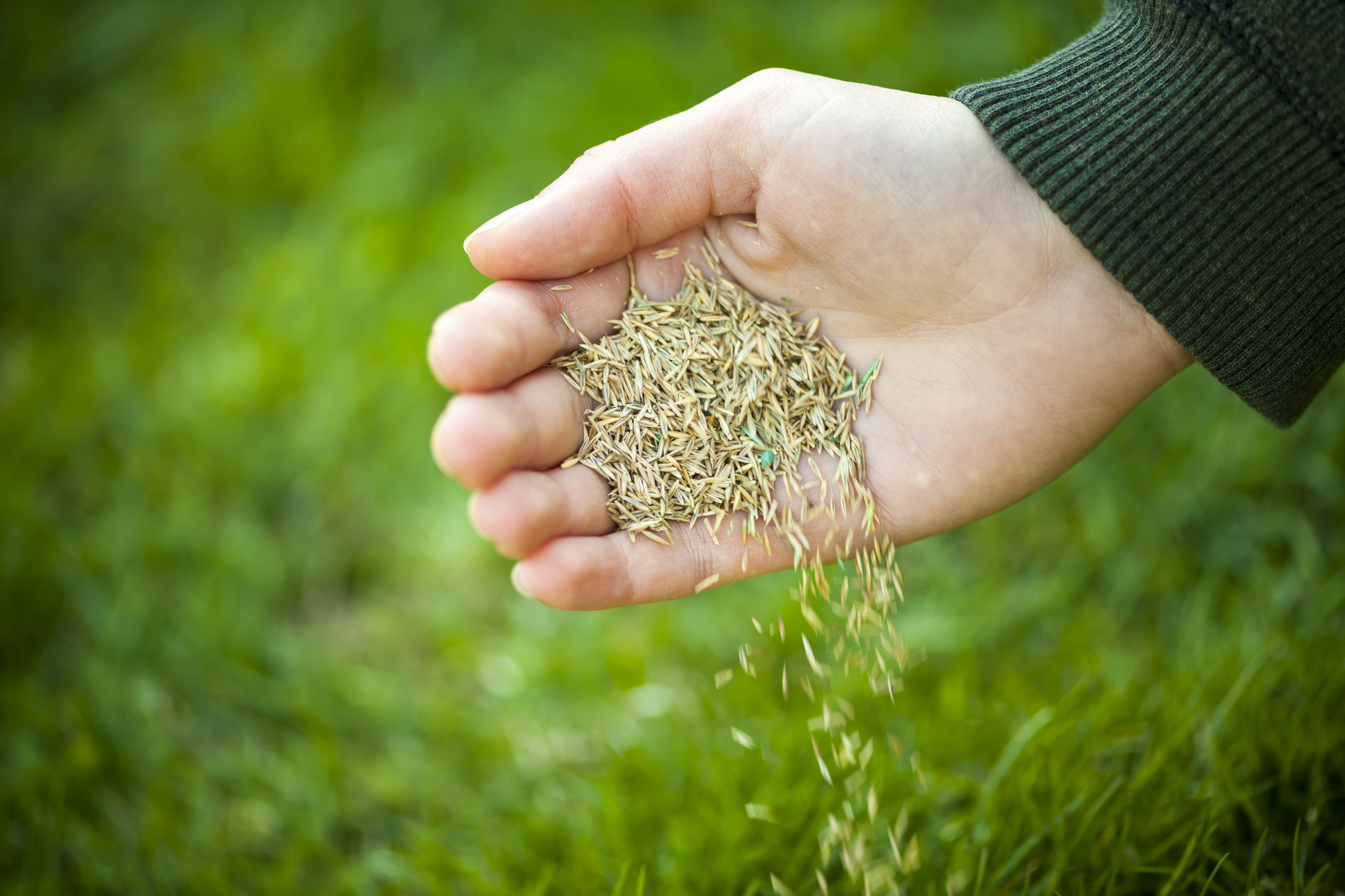
It is time for those who are living in the Southern area of the states. The right moment to pick the warm-season grass seed products.
Indeed, the variety should depend on the country. Then, the southeast and the Gulf Coast States would love to have these products:
– Bermuda Grass. A hardy but needy seed that needs high maintenance.
– Buffalograss Seed. A variety that does not need much help to grow and drought tolerant.
– Bahiagrass Seed. A variety that is coarser than any Northern grass.
– Centipede Seed. A slow-growing grass that only needs low maintenance.
– Zoysia Grass Seed. A slow grower and cold-tolerant variety.
– St. Augustine Seed. A grass planted from sod and non-commercially sold as seeds.
Step 4: Plant and Fertilize the Grass Seed
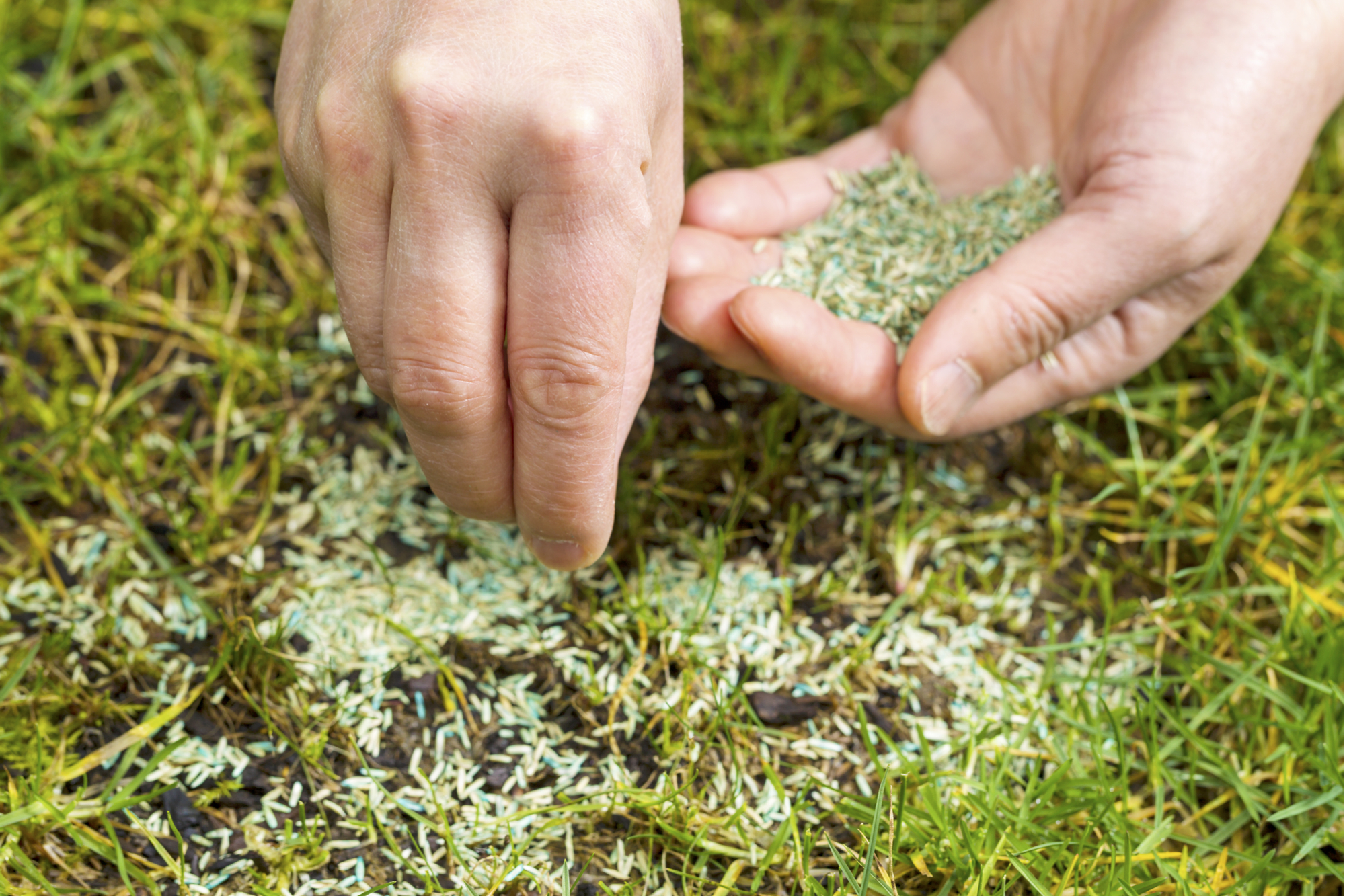
Now, this time is great for laying down the seeds after you prepare the soil. For small areas, just do it by hand.
Meanwhile, for larger ones, use a seeder to help. You can choose the hand-cranked one, the push-from-behind types, chest-mounted models, and etc.
A drop seeder is also a good option for laying the seeds. It will drop seeds directly below the ground. If you aim for the more expensive options, just find them elsewhere.
Moreover, the instructions on the seed bag will tell you how to do it. Drop at least 15 to 20 seeds per square inch.
Check out the seeder and do a few tests and make a correction to the distribution settings until you get what you want.
After you are done with it, make two passes across the area of your lawn. This way would give the seed the best chance to spread in an even portion.
Next, lightly rake the seeded area so that the fertilizer is mixed with the seed.
It should be done in the top 1/8-inch of the soil. If necessary, utilize the empty roller to increase the rate of germination.
Otherwise, for those who are seeding in a hilly area, it is recommended to do hydroseeding; a different set of application methods.
The Use of Phosphorus in Fertilizer
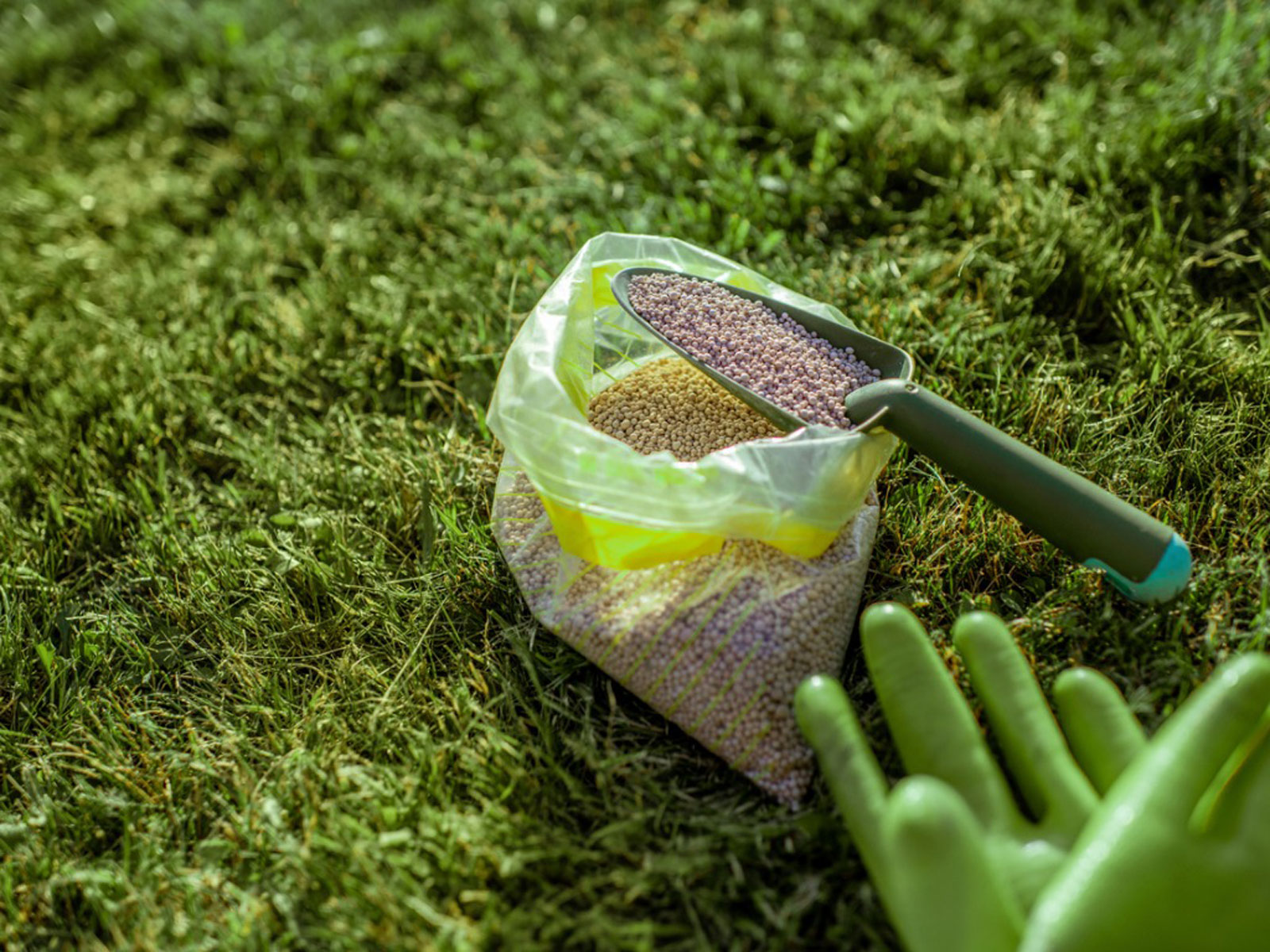
Knowing the proper kind of fertilizer for starting the lawn is necessary. The product would be different from the ordinary one.
In the past, people would suggest you choose the fertilizer that contains one element, Phosphorus.
A fertilizer that is made for new lawns would have a good strong dose inside. Likewise, the addition of phosphorus into the mix is to encourage the growth of the root.
However, the use of phosphorus has become controversial these days.
That is because the overuse of phosphorus will affect the environment in a negative way such as dead zones in rivers, lakes, and bays.
Currently, 15 states prohibited the use of phosphorus-contained fertilizer including Florida, New York, New Jersey, Washington, and many others.
If you are interested in using that kind of fertilizer, you may need to check the regulation in your regions.
Moreover, the expert recommends you apply something according to your soil test. When it says that the soil needs phosphorus, then you have to use it. It’s the most effective way of how to plant grass seed on hard dirt.
Step 5: Water and Watch, The Post-Planting Chores
After all the steps you have done, do not just leave the lawn alone and let it grows. It is important to keep an eye on the grass and provide for the needs as they emerge.
Furthermore, water the entire space of the lawn is critical because you only have one shot at germination.
If you miss the shot, the chance of fail would be high. So, you need to keep the topsoil moist in ¼ to ½ inch deep. Do not ever let it dries out. At this stage, the lawn needs full attention.
Some variables might be a challenge. So, you have to observe and adjust the watering treatment based on the condition. Do not give too much or too little water. Just give it enough moist, not soggy or dry.
Water the lawn at least one time per day in the morning. When you have sun and wind that dries out the soil, water them again in the afternoon.
In addition, keep the watering based on the germination rates of your grass seed. Find the information on the label.
Step 6: The First Mow
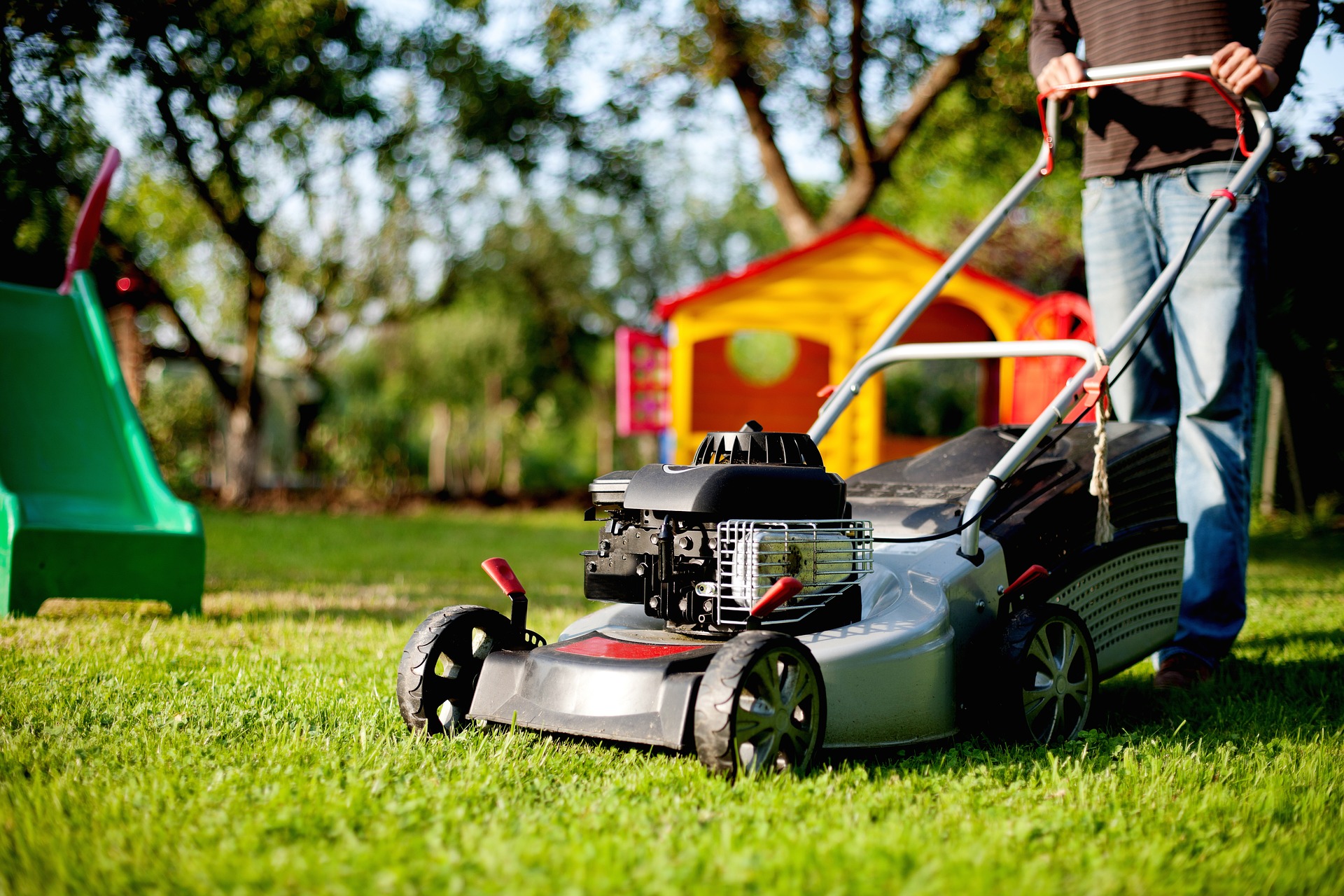
After you see the success of planting grass seed, it is time to give the lawn its first mow. So, when should you do that?
Once again, it is according to the grass types. Generally, if you see the green grass on your lawn is about 1½ to 3 inches tall, that is the right time.
Use the lawnmower carefully and gently in the first mows. The roots are not established enough yet. There is a good chance of ripping up the young plants. So, be very gentle in mowing it.
You will get the well-established lawn after about 6 to 8 weeks after the first mow. Probably, add a little more fertilizer if necessary.
The Causes of Hard Dirt
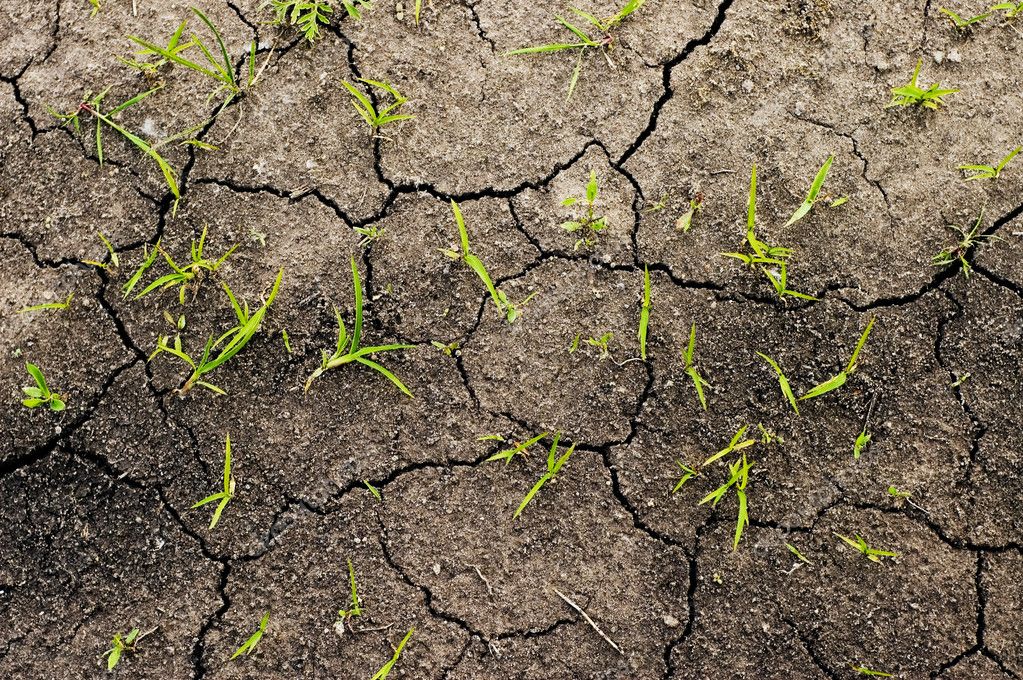
Some regions may face a problem of hard dirt in planting grass seed. If you live in those regions, the first thing to do is to indicate the causes.
Here are the three possible causes:
- Clay Soil. It naturally becomes very hard after having out of moisture. If you have a yard that’s filled with clay, it would be very easy to get really hard. Don’t worry, you can remedy it.
- Content Foot Traffic. It’s a common cause of hard dirt. If you want to plant grass seed, you have to avoid stepping on it.
- Neglect. When the soil has been neglected for a long time would get hard. The solution would be shuffling and tilling the soil.
Tips of How to Plant Grass Seed on Hard Dirt

In order to deal with hard dirt, ensure that you provide enough water. Thereupon, do the watering in the early morning and late evening. Make the dirt as moist as possible.
Additionally, some recommended grass seeds can handle hard dirt.
Likewise, you can get the X-Seed Ultra Premium, Pennington Smart Seed Dense Shade, Zenith Zoysia Grass Seed, and the Kentucky 31 Tall Fescue.
Before you begin planting the grass seed on hard dirt, here are some things you need to do to your soil to prepare it.
- Do a soil test. It aims to know the deficiencies of the soil. The analysis would present the amount of organic matter.
- Aerate the topsoil. You can use an aerator to creates tiny holes in the ground. It would give air and water spaces to make the hard dirt more loosen.
- Till the hard ground. Do this if the aerating is not enough. Just till the hard dirt about 6-10 inches into the ground. Use a rototiller machine to do it.
- Mix a large amount of fertilizer on the tilled topsoil. After the mixing, level the lawn a few times. You can use the wet lawn roller to do it.
Conclusion
This guide on how to plant grass seed on hard dirt is very helpful for you who are dealing with it. Those steps are quite general but the tips above complete the entire article. Let us make your lawn green.
Really helpful article. step by step guide. I love it. Thanks
Thank you Angela!
Hope this article useful for you.